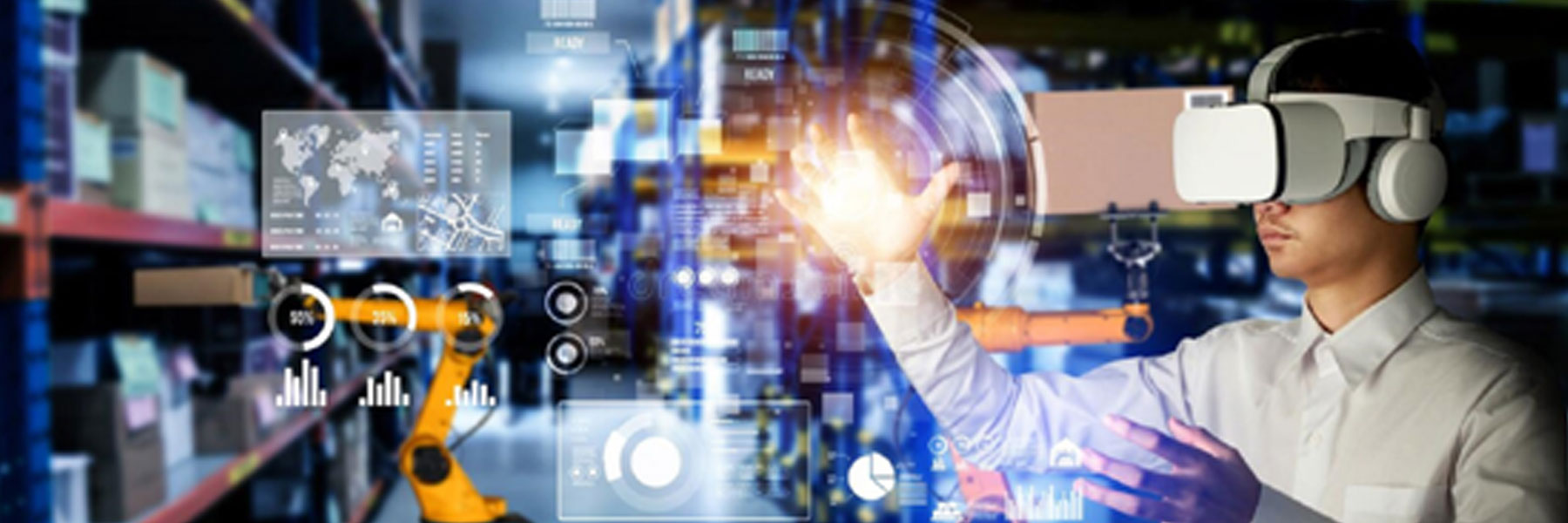Interface of Things includes: virtual reality (VR), which creates a fully immersive digital environment that replaces the user’s real-world environment; augmented reality (AR), which overlays digitally-created content into the user’s real-world environment; mixed reality (MR), a subset of AR, which seamlessly blends the user’s real-world environment and digitally created content, where both environments can coexist and interact with each other; wearables that enable users to take real-world actions by providing relevant, contextual information precisely at the point of decision making; gesture recognition technology that enables humans to communicate and interact with a machine, naturally, and without any mechanical devices.

